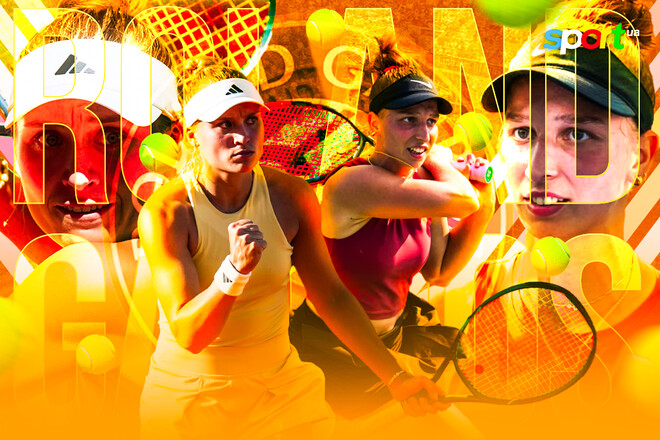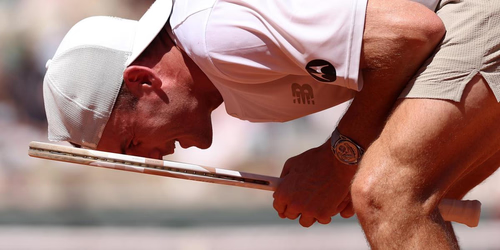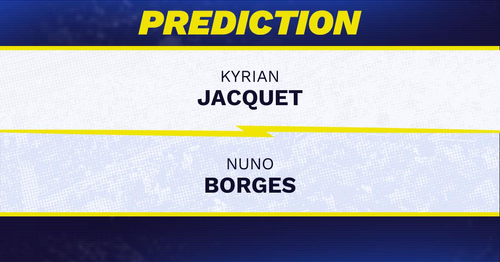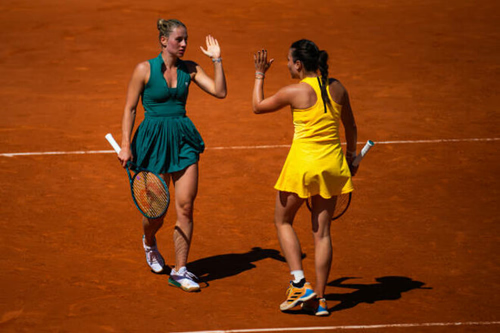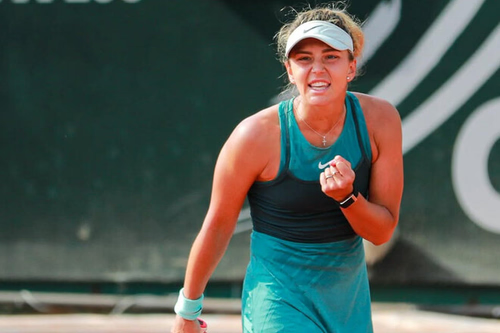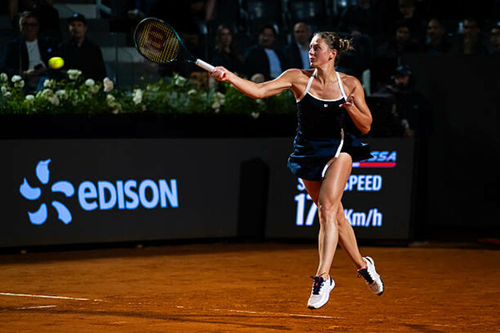Julia Starodubtseva (WTA 86) is set to face Tamara Korpatsch (WTA 154) in the first round of Roland Garros on May 26, with the match scheduled to begin at 12:00 Kyiv time.
Starodubtseva has shown promising form this season, climbing 15 positions in the WTA rankings to secure her place in the top 100. The Ukrainian's standout performance came in Madrid where she reached the fourth round—a significant achievement on her resume. Despite her potential, consistency remains her biggest challenge.
The Ukrainian's path to the main draw was not straightforward. As the top seed in the qualification rounds, she defeated Belgium's Vandevinkel (6:3, 6:1) and experienced Slovenian Tamara Zidansek (3:6, 6:2, 6:3). However, she struggled in the final qualification round against Sara Bejlek, losing 0:6, 4:6, despite saving five match points when down 1:5 in the second set. Ultimately, Starodubtseva entered the main draw as a lucky loser.
Korpatsch, the seasoned German player, enters this match with momentum on her side. With 18 wins from 28 matches this season, she recently triumphed at an ITF clay tournament in Slovakia, boosting her confidence ahead of the French major.
The 30-year-old German navigated the qualification rounds impressively, defeating American Chirico (6:4, 4:6, 6:3), Canada's Stakusic (6:2, 6:1), and Swiss player Rebecca Masarova (6:2, 7:6). According to Statbet analytics, Korpatsch's perfect record on clay this season—16 wins from 16 matches—makes her a formidable opponent despite her lower ranking.
Their only previous encounter came in the qualification round of last year's Berlin tournament on grass, where Starodubtseva prevailed in three sets (6:1, 4:6, 6:0).
Bookmakers view this as an evenly matched contest, with both players given equal chances of victory. While Korpatsch comes in with strong form, Starodubtseva possesses higher potential when playing her best tennis. This first-round encounter promises to be a compelling battle that could go either way, depending on which player can bring their top level to the Parisian clay.









